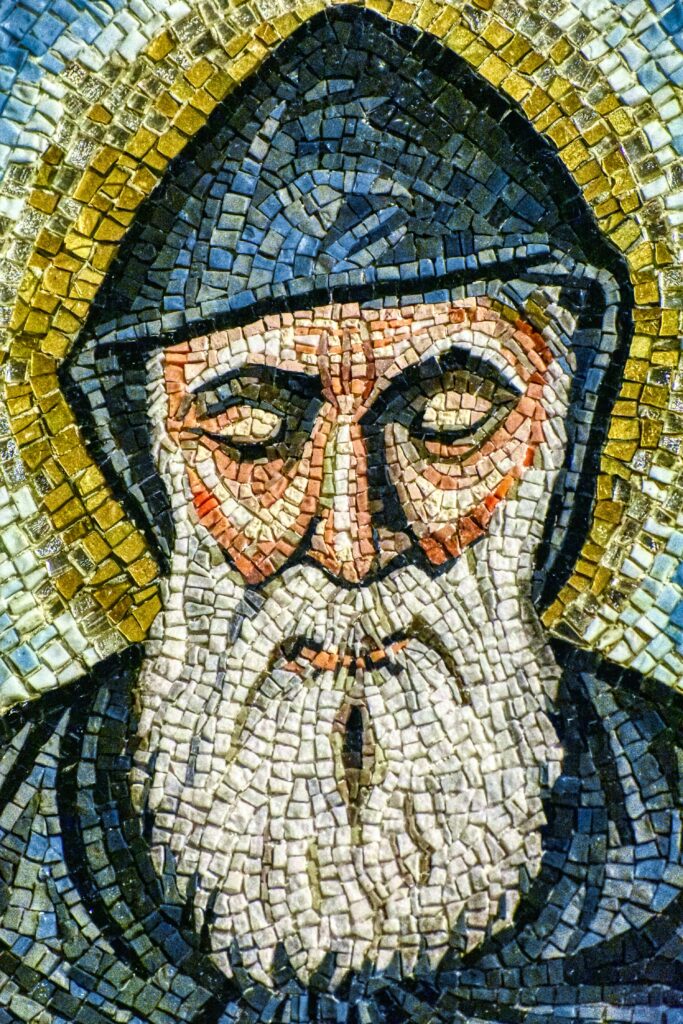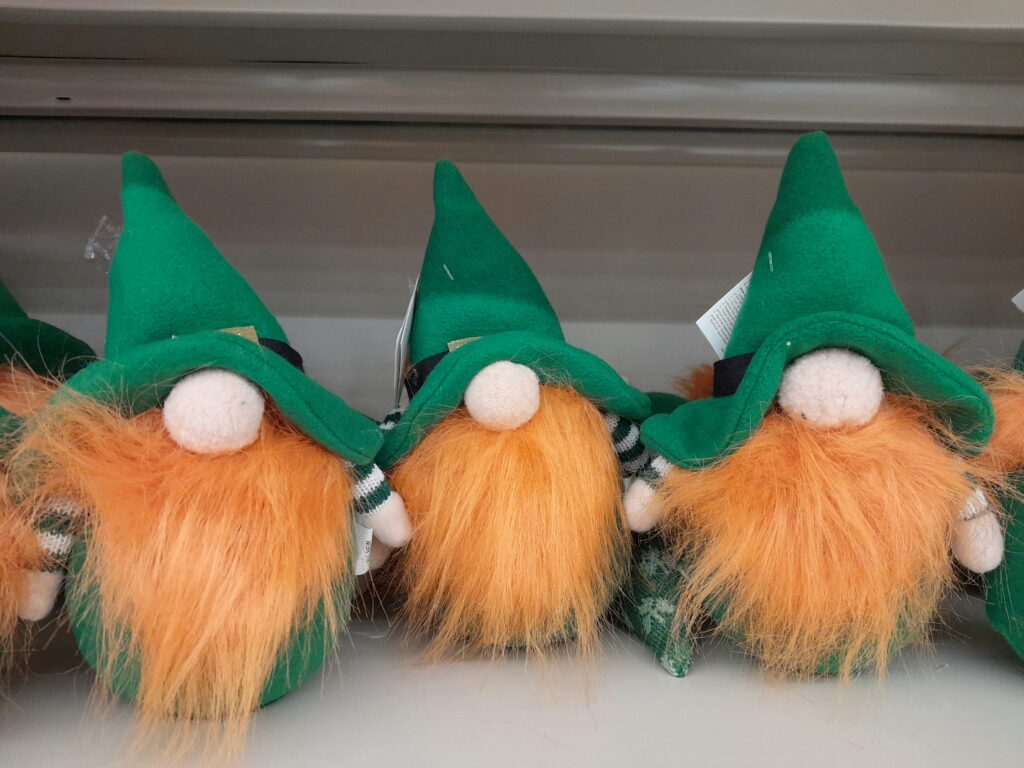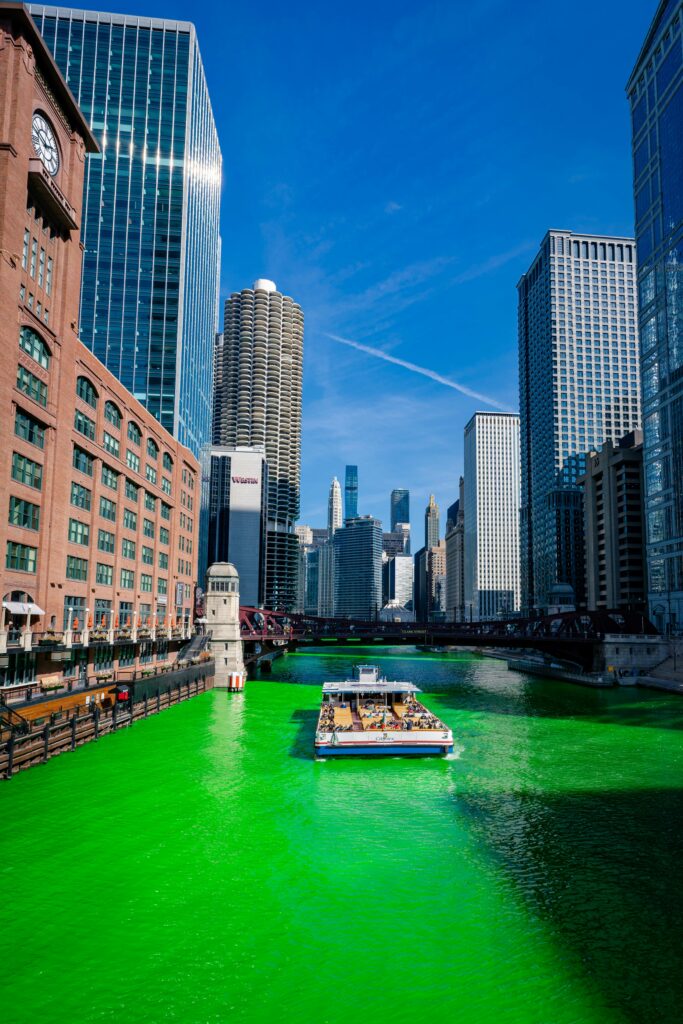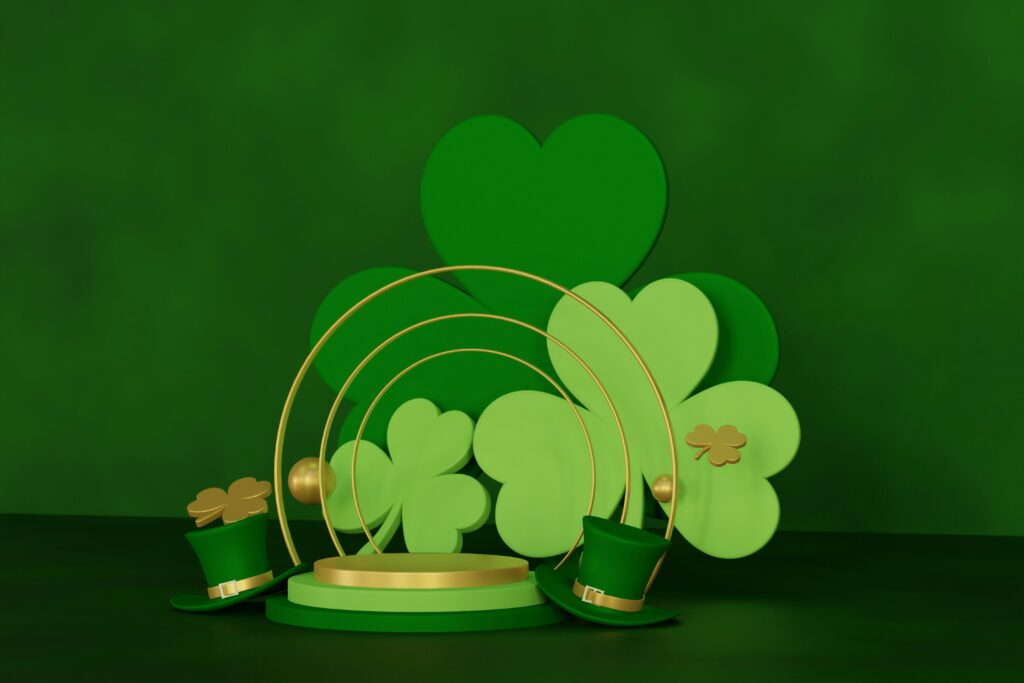Most Americans are not aware of the germinations of St. Patrick’s Day. For most, it’s an opportunity to cosplay as Irish, drink round after round of green beer, and socialize with non-Irish peers. The Irish are largely perceived as ribald, short-tempered, volatile, and conversant with alcohol; thus, we celebrate those peculiar generalizations in our own queer way.
But St. Patrick’s Day is celebrated for a reason: St. Patrick brought and preached the message of Christianity to a land previously far more indebted to paganism. Though there is some debate over whether St. Patrick actually existed, or was perhaps an amalgam of several figures, it is nonetheless certain that Christianity began to take root in Ireland sometime in the 5th century. Legend dictates that St. Patrick stoop atop an Irish hillside and miraculously banished snakes from the island, a likely apocryphal account more symbolic of the slow abolition of paganistic beliefs.
Traditionally, the Irish celebrated the event solemnly, spending the day in quiet prayer and meditation; which seems absurd now. As alluded to earlier, the day has now been appropriated as an event celebrating the influence of Irish culture in multicultural societies like the United States. Here are 7 other facts you may not have known about St. Patrick’s Day.
St. Patrick Wasn’t Irish

Though much of St. Patrick’s history is debated, there isn’t much contention among historians that he was actually native to Britain, not the adjacent island so closely associated with his name. The patron saint of Ireland was born in England at the close of the 4th century. Aged 16, he was kidnapped by Irish and sold into slavery to a Celtic priest. He eventually escaped from his enslavement, returning to Britain briefly, before returning to Ireland as a Christian missionary.
The Genesis of Leprechauns

The Irish possess a peculiar affinity for fairy-tales. The Celtics believed in the existence of fairies, diminutive men and women who could wield magical powers to advance the cause of good or evil. Strangely, leprechauns were particularly capricious spirits, deployed primarily to mend the shoes of other fairies. They were also said to be the guardians of a great bounty, their much rumored treasure. Today, many dress up as leprechauns during St. Patrick’s honoring idiosyncratic Irish legacy.
Mass Migration To America

When the Great Potato Famine hit Ireland in 1845, many of the native Irish felt compelled to emigrate in order to escape the increasingly harsh conditions. One of their primary destinations was America, where they were largely regarded as unwanted nuisance. Moreover, most of the Irish emigres were Catholic, which was an issue in a predominantly Protestant country. During St. Patrick’s Day, when the Irish prowled the public streets in full-force, their behavior prompted the generalizations we still deploy today; as they were depicted in newspaper cartoons as unmoored drunkards. Facing discrimination, the Irish soon began to exert their will politically, forming a significant voting bloc known as the “green machine,” which became instrumental in securing equal rights in the New World.
Green River

One city which became a home for Irish immigrants was Chicago, who eventually honored their presence in unique fashion. In 1962, after sewage workers had deployed dye in the sewer systems to trace illegal discharges, the city of Chicago dyed their river green to celebrate the holiday. The tradition ensues to this day, though it only lasts for a few hours in order to minimize environment impact.
The Significance Of The Shamrock

In Celtic lore, the shamrock was a revered symbol, a conspicuous indicator of the oncoming of Spring. As the English increasingly impinged on Irish lands and traditions, the shamrock was appropriated as a symbol of Irish resistance and pride. In contemporary times, the shamrock is still invariably intertwined with the Irish people.
Celtic Music

The history of the Irish is, in many ways, one of oppression. Subjects of Roman and English imperialism, discriminated against harshly for their Catholic beliefs, the Irish required a way to preserve their heritage. The Irish, therefore, leveraged their native music to preserve their traditions, many of which were endangered. Queen Elizabeth I, in fact, even forbade pipers to play their music, the disobedience of which merited death. Still, Irish music persisted and remains popular even today.
Corned Beef

A traditional Irish meal doesn’t particularly appetizing, as it consists generally of corned beef and cabbage. It’s no wonder the Irish have such a short temper! Cabbage has long been an Irish staple, but corned beef wasn’t really a popular dish among the Irish until the turn of the 20th century. In New York City, the Irish began substituting corned beef for their more traditional preference of Irish bacon.
For further information about Irish culture, reference the following link:
10 Adventures Big And Small -Europe



